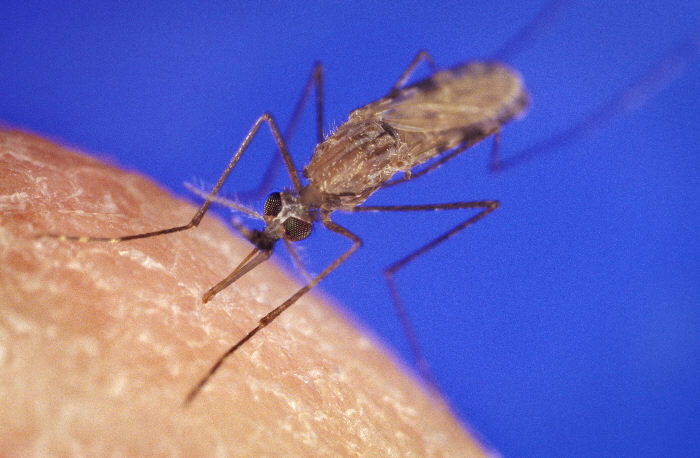|
Today, researchers came again one step closer to using gene-drives for population control of pest species. In this case, Kyrou et al. targeted the highly conserved sexual differentiator, doublesex, using CRISPR/Cas9. They show that by disrupting the intron-exon boundary of the female-specific splice variant they could create intersexes that are sterile instead of healthy females. As they only targeted the female-splice variant, males were unaffected. However, it did require a homozygous mutation as one functional allele was still enough for normal female development. By creating a gene-drive targeting this specific site, they could spread this mutation quickly through the population, crashing it within a few generations. What is even more important, usually gene-drives are quickly rendered ineffective because of random mutations destroying the homing site, thereby creating resistance to it. This build up of resistance has been shown in another recent paper by KaramiNejadRanjbar et al. where a gene-drive targeting transformer was created. Transformer is directly upstream of doublesex in the sex determination cascades of most insects, and acts as a splicing factor for doublesex female-specific splicing (Verhulst et al. 2010). Targeting transformer also results in genetic females developing into intersexes or even complete males, while leaving genetic males unaffected. As as discussed by Kyrou et al. resistant alleles emerged quickly in the transformer homing site and the gene-drive was compromized. However, this build up of mutations was not observed in the doublesex gene-drive, possibly because heterozyous females are still fully fertile while in the case of a transformer gene-drive I suspect that a heterozygous null-mutation is enough for female to male conversion. In addition, in general transformer has a higher mutation rate compared to doublesex (Eirín-López and Sánchez, 2015). References
0 Comments
Leave a Reply. |
Archives
September 2018
Categories
All
|

 RSS Feed
RSS Feed






